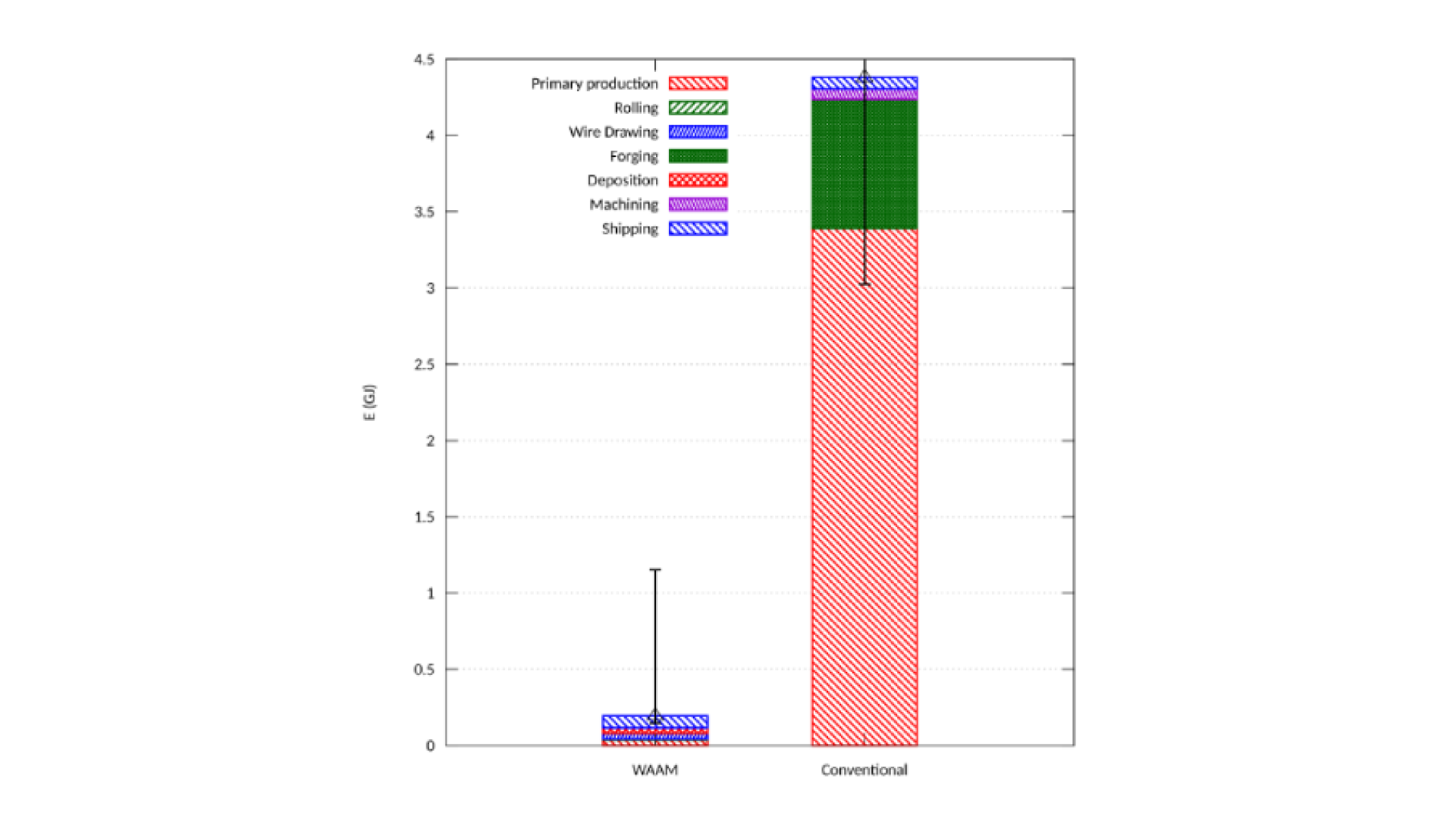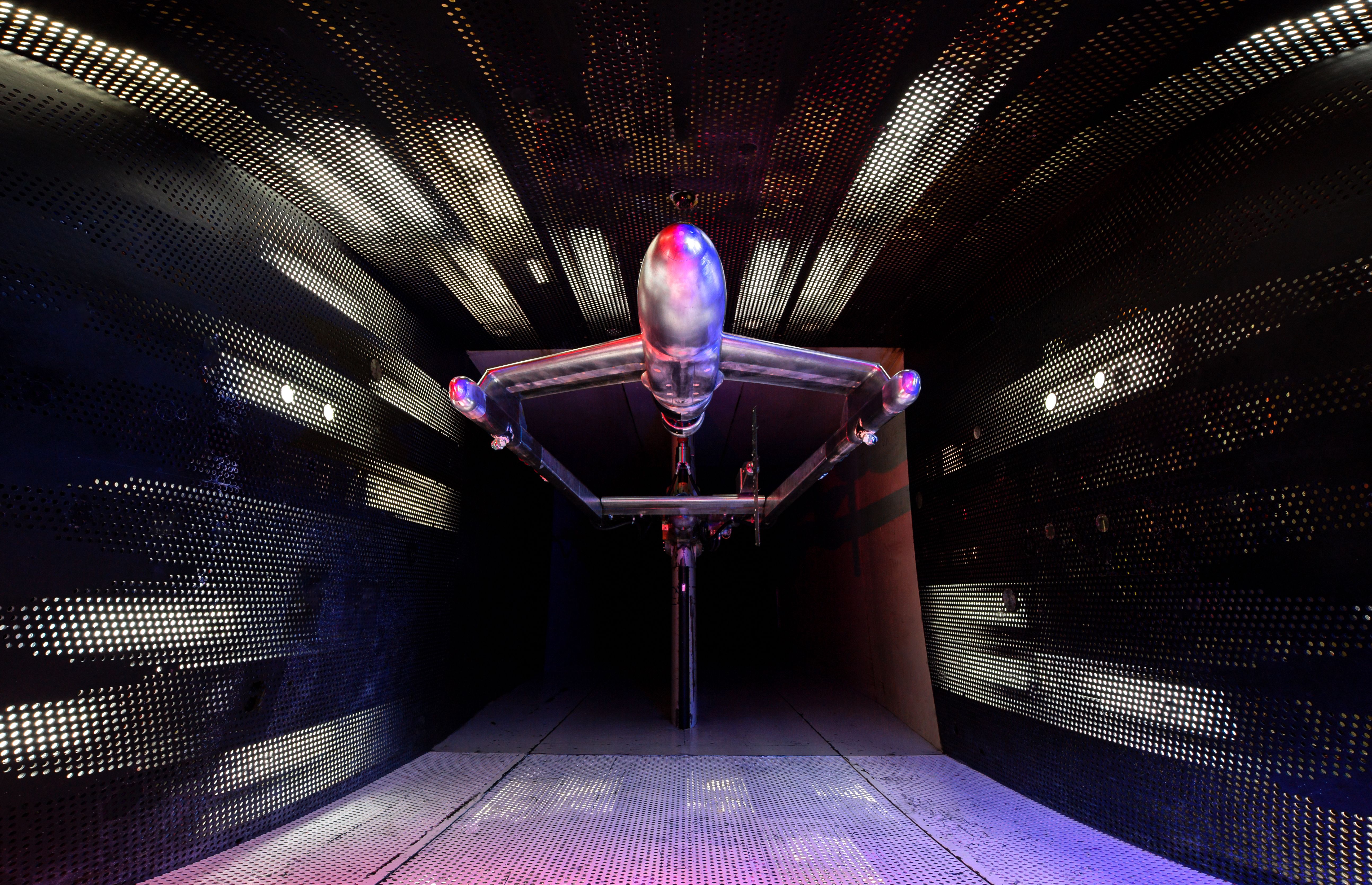Wire Arc Additive Manufacturing – the Future of Large-Scale 3D Printing

Metal additive manufacturing as a concept has been in existence for a long time. In fact, a patent was granted almost a Century ago - in 1925 [1] - for the manual deposition of superimposed layers of metal by arc welding!
Since that time, the process of additive manufacturing on a large scale has taken a range of forms:
Shape Welding enabled the creation of simple, usually symmetrical shapes to produce nuclear pressure vessel parts in the 1980s [2].Shaped metal deposition (SMD) was an evolution of shape welding and was developed thanks to improvements in robotic welding in the 1990’s [3].
The growth of Additive Manufacturing
Metal Additive Manufacturing – also referred to as 3D Metal printing - enables the creation of net-shaped or near-net-shaped metal components by layering metal wire using a heat source such as laser beam, electron beam, or electric arc. Its popularity has steadily grown over the years, as its cost benefits, shorter lead time, flexibility and environmental benefits have been realised. New AM techniques have been developed over the years including powder bed fusion, material extrusion and jetting, sheet lamination, Vat photo polymerization, binder jetting, and Wire Arc Additive Manufacturing (WAAM®), which belongs to the directed energy deposition (DED) family.
Wire + Arc Additive Manufacturing (WAAM®) – the future of large-scale 3D printing?
Despite the first patent for WAAM being filed in 1925, its potential has only been investigated since the 1990’s. WAAM has emerged as a cost-effective AM approach for component fabrication [4] and thanks to academic work from Cranfield, the work being done by WAAM3D is now showcasing the future of 3D printing for large-scale components.
WAAM3D’s History
1994 – 2001 – Cranfield University undertakes a shaped metal deposition project for Rolls Royce.
2006 - At the request of industry academia at Cranfield University restarted research into WAAM with much more comprehensive and in-depth science. This involved new variants such as plasma transferred arc and cold metal transfer, and application to a broader range of materials.
2006 – 2011 – The Ready-To-Use Additive Manufacturing (RUAM) project is delivered to replace titanium forgings for airframe applications, including net-shape finishing
2012 – The WAAMMat industrial maturation programme is introduced to increase WAAM’s Technology Readiness Level to 6, to generate industrial interest, and to develop the supply chain. This programme features collaboration with more than 10 universities, and more than 30 industry members.
2018 – WAAM3D Ltd is formed as a spin-out of Cranfield University, to provide full technical solutions to users.
2021 – WAAM3D is now a multi-million-pound company with over 30 staff.
WAAM3D is the only provider of a total, turnkey solution delivered via a WAAM ecosystem that is based on in-house developed products, services, and materials. By pushing the boundaries of WAAM capabilities, WAAM3D is helping those in aerospace, oil and gas, mining, and other industrial applications to have increased design freedom, reduce costs and lighten the weight of a range of medium-to-large sized components.
For more information on how WAAM can benefit you, contact us or email us at info@waam3d.com
References:
[1] Baker 1925
[2] Grosse-Woerdemann 1980
[3] Ribiero 1994
[4] John Norrish et al 2021 J. Phys. D: Appl. Phys. 54 473001





